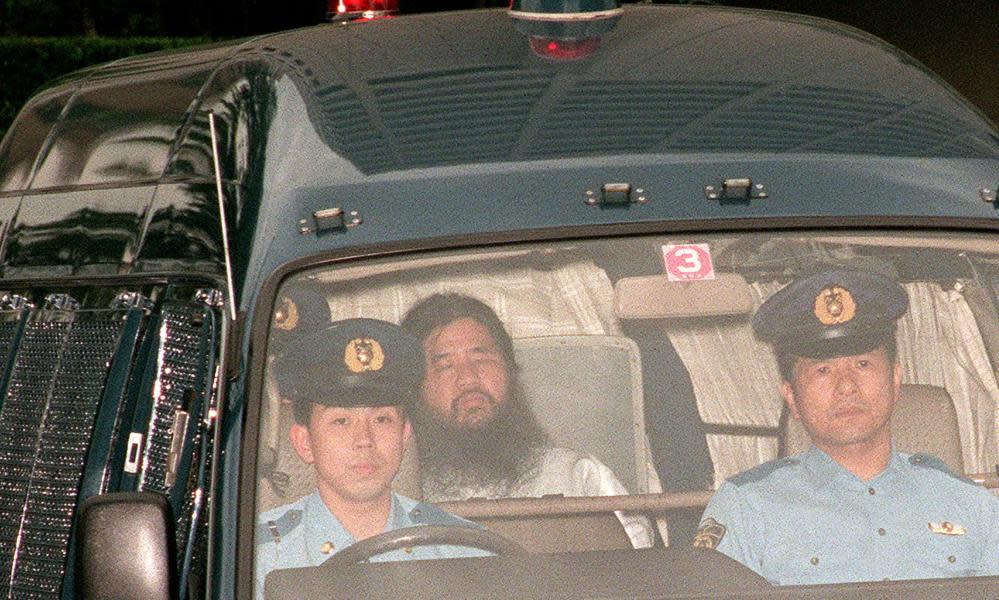Japan prepares to execute up to 13 members of Aum Shinrikyo cult

Japan is believed to be preparing to execute as many as 13 members of a doomsday cult in what could become the country’s biggest round of hangings in the past decade.
Tuesday marked the 23rd anniversary of Aum Shinrikyo’s sarin nerve gas attack on the Tokyo subway, which killed 13 people and caused illness among thousands of others.
Some of the members of the cult were transferred to detention facilities outside of Tokyo last week, fuelling local media speculation that their executions could be imminent. Japan normally doesn’t execute people until all accomplices’ cases have been finalised. That milestone was reached in January this year.
Japan executed 15 people throughout the course of 2008, the largest number to be sent to the gallows in a single year in recent history.
It is unclear whether the Aum Shinrikyo members would be put to death on the same day, but executions in Japan are routinely shrouded in secrecy until the final moments. In previous cases, inmates have spent years on death row only to be informed of their impending execution hours before being led to the gallows. Families are sometimes informed only after the hanging has taken place.
Amnesty International argued that if the government proceeded with the Aum Shinrikyo executions in coming months, it would be seen as a “cynical” attempt to get the news out of the way before the elevation of a new emperor next year and the Tokyo Summer Olympics in 2020.
“The mark of a civilised society is recognising the rights of every individual, even those responsible for heinous crimes,” said Amnesty east Asia researcher Hiroka Shoji.
“The death penalty can never deliver justice as it is the ultimate denial of human rights.”
Aum Shinrikyo was a violent cult that sought confrontation with the state as a prelude to the end of civilisation. On 20 March, 1995, members used umbrellas with sharp tips to puncture bags filled with liquid sarin in five train carriages during Tokyo’s morning rush hour.
Thirteen members were sentenced to death for a range of Aum-related crimes including the subway attack. Seven were transferred to a number of different detention facilities outside of Tokyo. Ringleader Shoko Asahara, 63, who is also subject to a death sentence, is yet to be moved.
The Japan Society for Cult Prevention and Recovery (JSCPR) has written to the justice minister calling for everyone but Asahara to have their death sentences commuted to life imprisonment.
“Asahara was the brain and the other 12 were merely the limbs,” said Taro Takimoto, a JSCPR board member who himself was a victim of a sarin attack by Aum Shinrikyo.
Japan was recently challenged about the death penalty in a United Nations human rights forum. Several countries called for the punishment’s abolition, or at least for a moratorium on executions being carried out.
But the Japanese government said sovereign countries should be allowed to make independent decisions.
“The majority of the Japanese people consider the death penalty to be unavoidable in the case of extremely heinous crimes and therefore Japan currently does not have any plans to establish a forum to discuss the death penalty system,” the government said in a formal reply.
Shizue Takahashi, 71, whose husband Kazumasa died in the subway attack, laid flowers at Kasumigaseki station in central Tokyo on Tuesday morning. Referring to the death row inmates, she told Kyodo News: “I hope they will be executed according to law and without making a fuss about it.”

 Yahoo News
Yahoo News 
